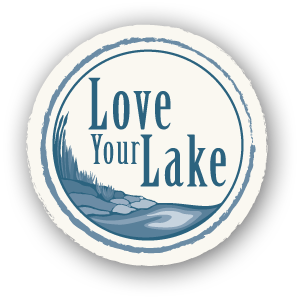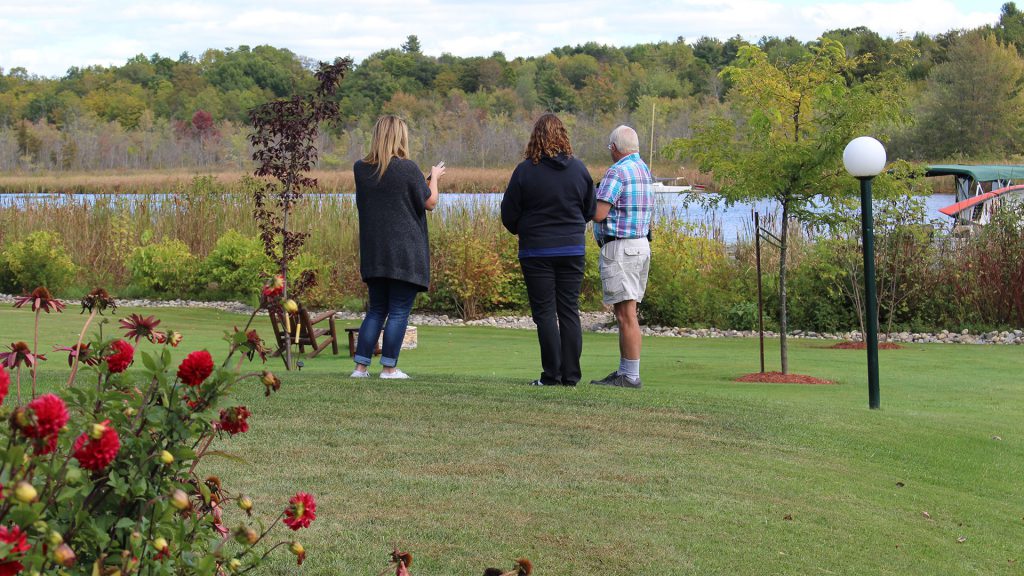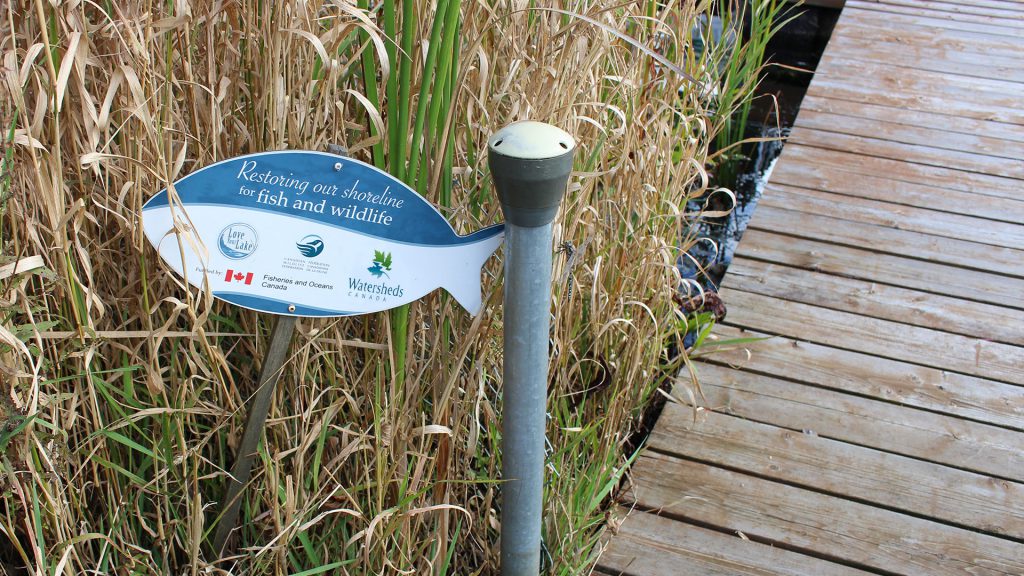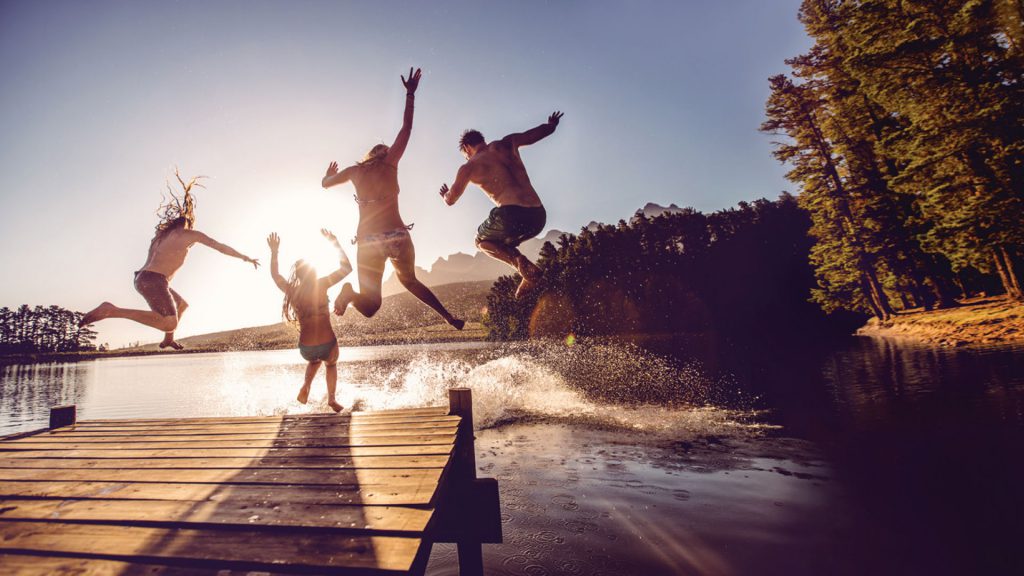
Shoreline Property Resources
![]()
This is where you’ll find and learn about all things shoreline-related, from docks, boathouses and permits to invasive species, beach health and more.
The information is well-researched and well-delivered so smart decisions and sound plans will be easier to make. You’ll have more success conserving shoreline health and you’ll know what to do to make sure your lake thrives into the future.
Use the search bar or pick a topic below to get started.

Home +
Home +
Agriculture & Farming
Lighting
Permits & Approvals
Set up a Well-Functioning Septic System
Water Quality

Property +
Property +
Agriculture & Farming
Canada Geese on your Property
Docks & Boathouses
Erosion
Invasive Species
Landscaping for Wildlife
Permits & Approvals
Set up a Well-Functioning Septic System
Native Plants on Your Property — By Province
{"visible_panels":"4","width":"2500","height":"800","orientation":"horizontal","panel_distance":"1","max_openedaccordion_size":"40%","open_panel_on":"hover","shadow":"false","autoplay":"false","mouse_wheel":"false"}
Is a Gaggle of Geese Causing You a Gaggle of Issues?
If you have a shoreline property and are having issues with Canada Geese and the amount of droppings they leave on your lawn, it could be that you are unintentionally inviting them. There is no doubt that Canada Geese are attracted to shoreline properties that have...
10 Successful Years for Love Your Lake
Participating in Love Your Lake is a great way to gauge the health of your shoreline and your lake and become a steward of your local freshwater! Over the past 10 years, Watersheds Canada and the Canadian Wildlife Federation (CWF) have been proud to support waterfront...
Impacts of Wildfires on Lakes
Wildfires are a natural part of ecosystems and can even be beneficial. They recycle nutrients into the soil; they open the forest canopy and allow for new growth; and some species, like Jack Pine and Lodgepole Pine, need fire to open their cones and release their...
Protecting Your Shoreline Property from Ticks
We sometimes hear from people who are nervous about naturalizing their shorelines for fear of creating habitat that will attract ticks. Ticks are definitely something to be concerned about. However, you can create a beautiful shoreline buffer that will help protect...
Help Your Aquatic Neighbours: How to Properly Drain a Hot Tub
Did you know that there is a right and a wrong way to get rid of your hot tub water? Doing it the wrong way not only harms aquatic environments but can also result in large fines! In many provinces and territories, hot tub water is classified as grey water – like the...
Are We to Blame for Lakes Getting Warmer?
It seems that people, at least in part, are to blame for lakes getting warmer and for reduced ice cover. At least, that is what a study in the journal Nature Geoscience concluded. The paper published last year called “Attribution of global lake systems change to...
Algal Blooms – Concerning but Not Necessarily Intensifying
Nitrogen and phosphorous are two nutrients that are important for aquatic plants. While nitrogen and phosphorus occur naturally, many times these nutrients are in excess in our lakes because of human activity. It’s our actions that can tip the scale of these vital...
What’s Happening to Canada’s Common Loons?
Mention Common Loons and images of pristine lakes echoing with the enchanting calls of these beloved water birds probably comes to mind. However, recent data reveals a cry for help might be necessary to save this iconic Canadian species. Using four decades of data...
Winter at the Lake
Summer days of soaking up the sun, listening to the loons call from across the lake and taking out the kayak may be memories from the recent past, but the fun doesn’t have to end now that winter is here! While it’s true that cozying up to a warm fire, drinking a cup...
Waterways Under A-Salt!
If you thought the use of road salt only impacted our lakes and rivers in the winter, think again! Road salt, usually sodium chloride, is applied to our roads, sidewalks and parking lots in the winter to help keep these areas safe and to reduce accidents. While it...
Program co-ordinated by:


Funding Partners:



